INTRODUCTION:
Plants are the important component and basis of the ecosystem. Plants are autotrophic in nature that is they can produce their own food through photosynthesis by the transformation of sunlight. Plants give us oxygen, food, shelter and there are many more applications of plants in different sectors such as healthcare and medicine, food industry, writing industry, building materials etc. Plants are multicellular organisms. There are about 320,000 species of plants. Some plants produce seeds and some do not produce it. Plants reproduce through sexual and asexual reproduction. Plants can be broadly divided into two parts; one is flowering plants which include sunflowers, orchids etc. and non-flowering plants which consist of mosses and ferns.
Many plants are beneficial in nature in sense that it improves the air quality, decrease the Carbon dioxide levels, decrease pollution, regulates temperature, provides shelter, and provides food and many more. But plants can also be harmful and toxic and many contain different types of toxins or poisonous compounds such as neurotoxins and myotoxins etc. To know more about how toxins work, read: Environmental Toxicology Flowchart – Exposure to Excretion
In this article, we will discuss 20 harmful toxic and poisonous plants that can kill you.
-
SCARLET PIMPERNEL:
The scientific name of Scarlet pimpernel is “Anagallis arvensis”. This plant is found in different regions of Pakistan such as Bannu. It contains unknown toxins and all parts of the plant are toxic. The toxins are so powerful that it can cause death. The symptoms include diarrhea, congestion of lungs and kidney etc.
-
ACONITE:
It is specie of highly toxic flowering plant. The scientific name of the Aconite is “Aconitum napellus”. This plant is highly toxic in nature. The toxin that it contains is called Aconitine. The symptoms include lower blood pressure, nausea, disables nerves etc. It is found in different regions of Pakistan.
-
ONION AND GARLIC:
The toxic parts of onion and garlic plants are bulbs and leaves. The scientific name of onion is “Allium cepa L” and of Garlic is “Allium sativum L.”. In Pakistan, they are found throughout the country. The toxins effect animals like cat, dog, horses etc. and the symptoms include hemolytic anemia, weight loss, rapid breathing etc but not humans.
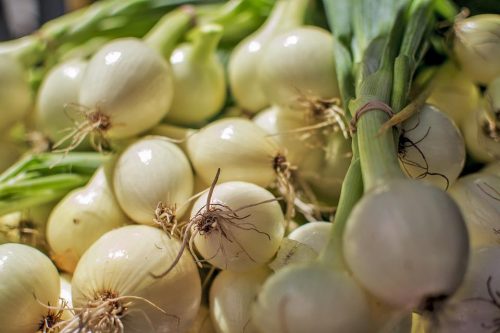
Also check out: Algae, Mosses, Ferns, Conifers, Flowering Plants of Pakistan
-
MARIJUANA:
The scientific name of Marijuana plant is “Cannabis sativa”. It is found in different regions of Pakistan commonly in Khyber Pakhtunkhwa province. The flowers and leaves are toxic. The toxic effects are reported in humans and companion animals. The symptoms include increased heart rate, vomiting, dizziness etc.
-
LILIES:
The lilies are highly toxic in nature. The scientific name of lily plant is “Lilium spp.” It is found different regions of Pakistan such as Bannu. All parts of lily plant are toxic. The toxic effects were reported in cats. The symptoms include severe kidney damage due to ingestion of plant parts.
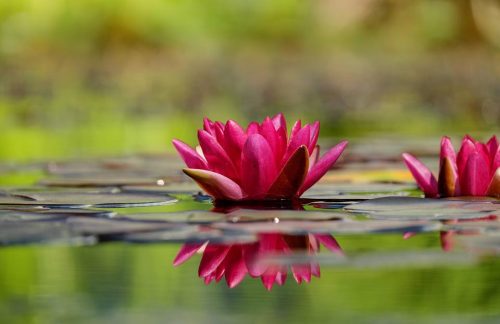
You may also like: 10 Plants That You Can Grow In Water At Home
-
OLEANDER:
This plant is found in Baluchistan province of Pakistan in its different regions like Lasbela, Turbat etc. All parts of this plant are highly toxic. The scientific name of the plant is “Nerium oleander L”.
-
ROSE PERIWINKLE:
The scientific name of Rose periwinkle is “Catharanthus roseus”. All parts of the plant are toxic. Rose periwinkle is found in the southern Baluchistan, Pakistan. It is evergreen herbaceous plant. The toxicity of this plant is due to the presence of more than 130 alkaloids.
-
RHAZYA STRICTA:
It is an evergreen shrub which is distributed throughout the Baluchistan, Pakistan. The regions include Quetta, Gwadar, and Lasbela etc. The scientific name of this plant is “Rhazya stricta Decne”.
-
ROUGH COCKLEBUR:
The scientific name of rough cocklebur is “Xanthium strumarium”. It is located in Lasbela, province of Baluchistan, Pakistan. The seedlings and seed of the plant can be poisonous to the livestock.
Have a look at: 10 Indoor Plants For Improving Indoor Air Quality At Home
-
CHINABERRY:
Chinaberry is one of the fastest growing trees of plains and foot-hills. The scientific name of Chinaberry is “Melia azedarach”. It is distributed throughout Baluchistan, Pakistan. The fruits of Chinaberry are poisonous to humans if eaten in large quantities because it contains neurotoxins and symptoms are vomiting, constipation, diarrhea etc.
-
MORNING GLORY:
The scientific name of morning glory plant is “Ipomoea purpurea”. The seeds are the toxic parts of the plant. The symptoms of the toxin include blurred vision, disorientation etc. This plant is found in different location in Pakistan like Islamabad.
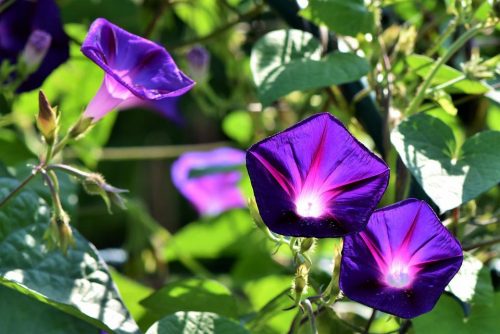
Check out: Plants of Pakistan With Names and Pictures – Pakistani Flora
-
CONGRESS WEED:
The scientific name of Congress weed plant is “Parthenium hysterophorus”. It found commonly on roadsides. The entire plant is toxic. The effects of toxin include severe itching, eczema and photosensitivity.
-
NARGIS:
The scientific name of Nargis plant is “Narcissus”. The entire plant is toxic especially bulbs. Nargis often cultivated for its flowers. The toxins can cause salivation, abdominal pain, vomiting, dizziness etc.
-
GOLDEN DEWDROP:
The scientific name of Golden dewdrop is “Duranta erecta L.”. The fruits of Golden dewdrop are toxic in nature. It is found in different regions of Pakistan. The toxins can cause insomnia, fever and convulsions etc.
-
FLAME OF THE FOREST:
The scientific name of flame of forest plant is “Butea monosperma”. It is found in the foothills of Margalla in Islamabad, Pakistan. The entire plant is toxic especially its seeds which can cause abdominal pain, and vomiting etc.
You might also be interested in: 12 Indigenous Plant Species of Pakistan
-
INDIAN PODOPHYLLUM:
It is founded in northern Baluchistan province of Pakistan. They are tall and erect perennial herbs. The Indian Podophyllum is poisonous plant. The scientific name of the plant is “Sinopodophyllum”.
-
RECURVED THORN-APPLE:
The scientific name of recurved thorn-apple is “Datura innoxia”. It is found in Lasbela district of Baluchistan, Pakistan. The whole plant is toxic but particularly seeds and leaves. The plant contains toxins which can cause vomiting, coma and even death.
-
SWEET PEA:
The scientific name of sweet pea plant is “Lathyrus odoratus”. The pods and seeds are the toxic parts of the plant. The toxin can affect horses and rodents. It is found in different regions of the country such as district Bannu of Khyber Pakhtunkhwa.
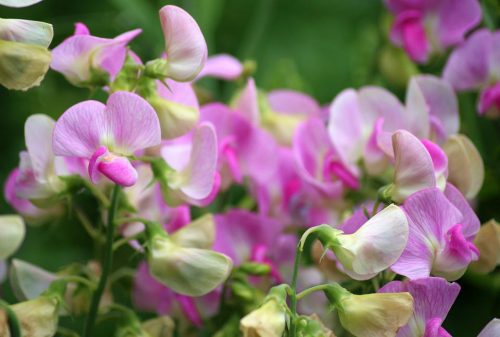
-
OAK:
The scientific name of Oak plant is “Quercus prinoides”. The leaves are the toxic parts of the plant but can be rarely fatal. The toxin of Oak plant is called Tannic acid. The toxin can cause symptoms like blood in urine, diarrhea, constipation etc.
-
CASTOR OIL PLANT:
The broken seed and foliage of the plant are toxic. The toxins of the plant affect both humans and livestock. The scientific name of the plant is “Ricinus communis”.
You might also like: 20 Deadly Venomous and Poisonous Animals Found in Pakistan
We hope you all liked this post! Please comment below if you have any suggestions, comments, or feedback! We at #envpk love hearing from our readers! Thanks!

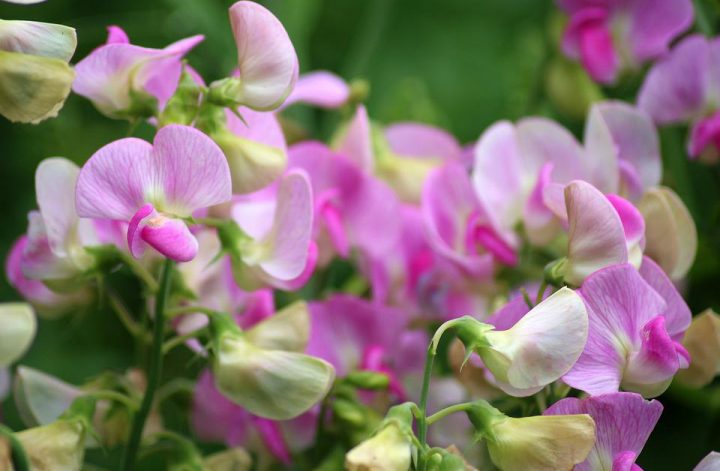
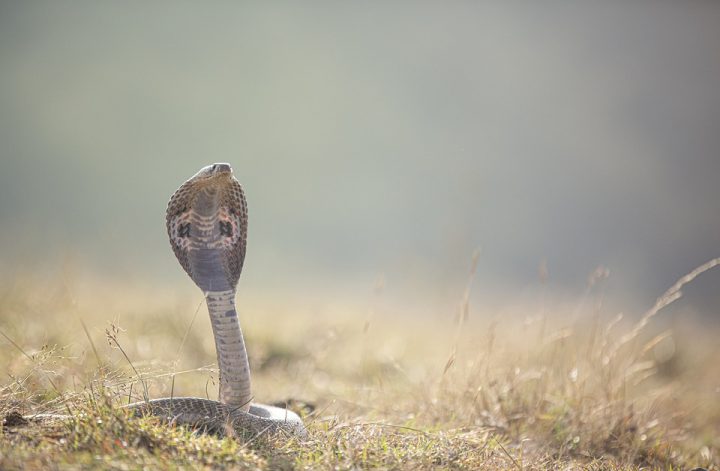

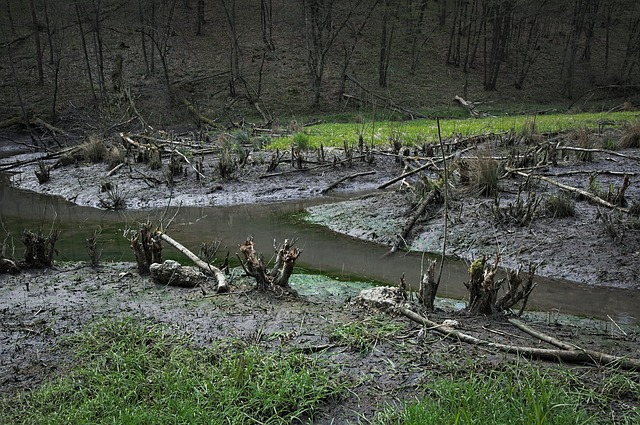
2 Comments
Informative contents
Thank you Sundas!